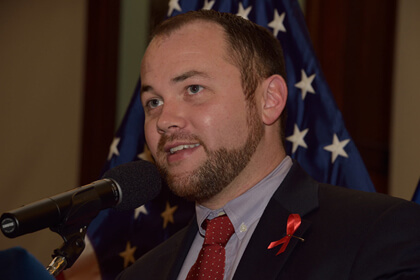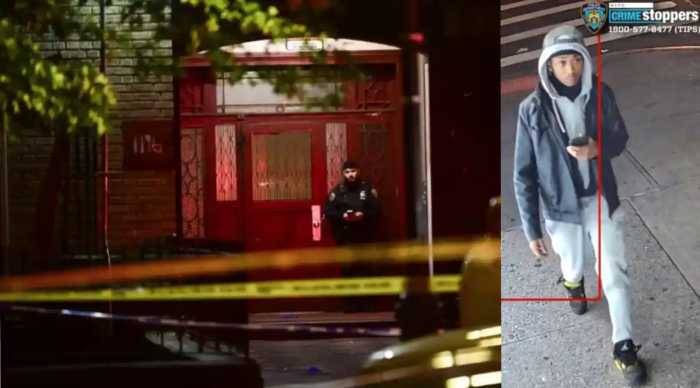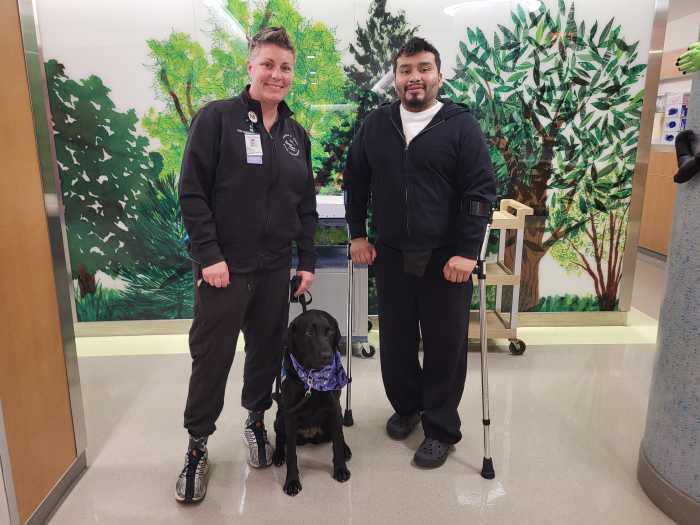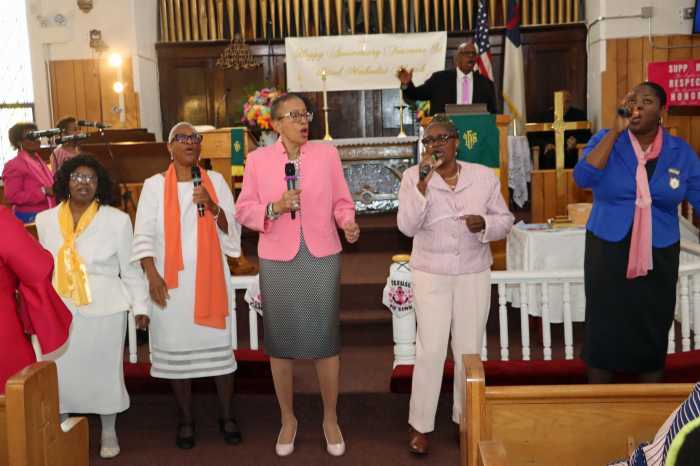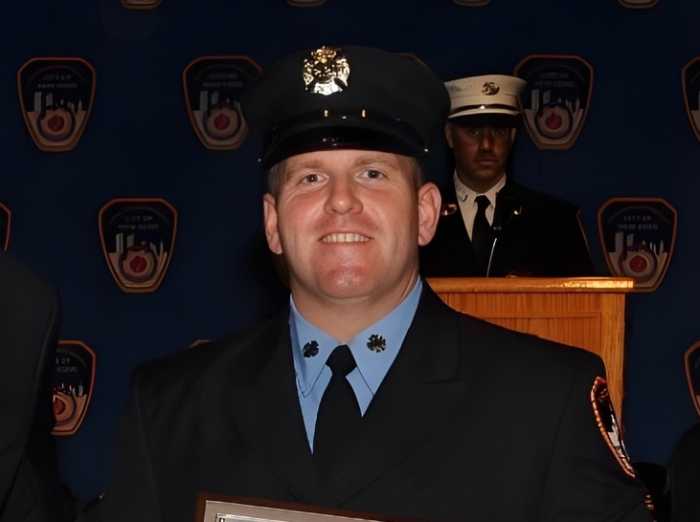BY NATHAN RILEY | Drug law reformers are pushing back against a new wave of counterproductive cruelty from prohibition-minded law enforcement seeking to prevent drug use with harsh sentences.
Drug users and low-level sellers are being accused of drug-induced homicides (DIH) in ever-greater numbers, according to a new report by the Drug Policy Alliance (DPA). Comprehensive statistics are not available because prosecutors are usually locally elected, but the organization’s researchers report a staggering 300 percent increase in newspaper reports about DIH prosecutions. Prosecutors are not required to report statistics on such cases or prove the interventions are effective.
In 2011, there were 363 reports of drug-induced homicides nationwide, but five years later 1,200 mentions were uncovered. Opioid-related deaths during that period soared, reaching 64,000 last year, more than all US deaths in the Vietnam War or the deaths from AIDS in 1995, the peak year of HIV-related fatalities. In Ohio, 10 officers pursued 53 DIH cases, yet the state still recorded 100 more OD deaths in 2016 than 2015.
PERSPECTIVE: The Long View
On a November 7 teleconference, Lindsay LaSalle, a senior counsel for DPA, said prosecutors expect that their actions impact the rate of drug overdoses only indirectly. The law enforcement theory is that arrests reduce sales and thereby curb use, which might in turn reduce overdoses. In fact, LaSalle asserted, these policies kill drug users by nullifying Good Samaritan laws that encourage calls for emergency help. The caller and victim risk charges of drug possession and even sales. The Good Samaritan laws are usually limited in scope, protecting users only from low-level offenses like possessing needles or small amounts of drugs. Should an overdose victim die, the caller could be subject to a murder charge. LaSalle deadpanned, “When a person knows they are going to be charged with something as extreme as murder of course they are going to hesitate before calling for help.”
In January 2015 in suburban Chicago McHenry County, Danielle Barzyk overdosed and was having trouble breathing. After her boyfriend, Cody Hillier, called 911 and police showed up, he got rattled and said she was having an asthma attack. Naloxone, which is effective in reversing overdoses, was never administered and she died. The police then prevailed on Hillier to make a second buy from James Lindner, an unemployed black man recently released from prison who had never met Danielle or had any dealings with her. He was accused of homicide although he had no role in making the product and never lied to emergency responders. He refused to plead guilty, was convicted by an all-white jury in a county whose population is 94 percent white, and was sentenced to 28 years in prison. Hillier, who is white, testified for the state and was charged with delivery and sentenced to time served and probation.
The DPA’s new report, “An Overdose Death Is Not Murder: Why Drug-Induced Homicide Laws Are Counterproductive and Inhumane,” said the surge in prosecutions is a fatally flawed approach. Justified as going after drug kingpins, such prosecutions almost never reach those high in the supply chain. LaSalle stressed that DIH charges are often made against the last person to touch the drug — a friend, another user, or the guy on a street corner selling bags.
“What we lose by pointing the finger of blame at a single person is to ignore all the other structural factors,” she explained. “We ignore our failed public health infrastructure. What we know from the history of the drug prosecution is that when we point the finger of blame at a particular person very often it is pointed at communities of color.” Racially coded terms like pusher and drug peddler are often used in DIH prosecutions.
These prosecutions undermine public health efforts to prevent overdose deaths, DPA maintains, because that approach relies on friends and fellow users administering Naloxone and calling an ambulance. Naloxone is an easy-to-use nasal spray that restores normal breathing promptly, and its proper use is taught in one short training session. Had Hillier been trained, Barzyk would still be alive and Lindner would be a free man. All this should be among the goals of effective public health strategy.
At DPA’s recent biennial conference, prosecution of drug sellers was identified as a particularly troubling aspect of mass incarceration, where low level sellers get lengthy prison sentences — one more inhumane aspect of the criminalization of poverty.



